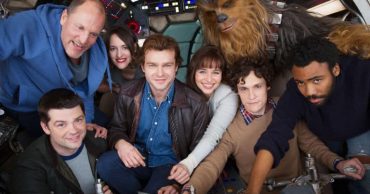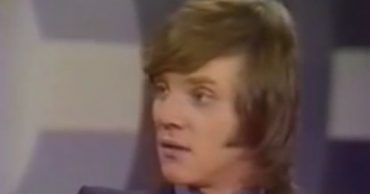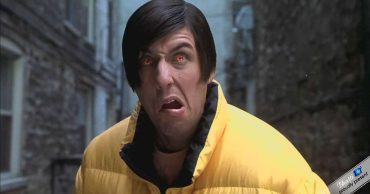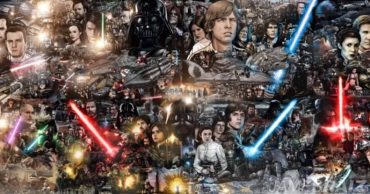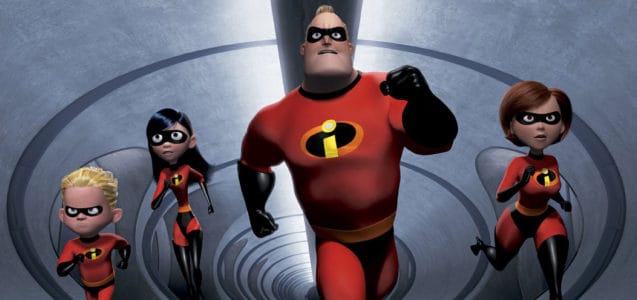
In 1995, a studio that had seen its fair share of ups and downs produced the first ever computer-animated feature film, Toy Story. Not only did it become an instant hit, but it also became the start of something special for the future of all animated feature films.
Indeed, there are other studios that make incredible animated feature films like Walt Disney Animation, DreamWorks, and Blue Sky Studios, to name a few. But what is it that makes a Pixar film so special? Box office and studio politics aside, Pixar, at its core, is driven by quality, not quantity. So much so that it’s worth breaking down a few key factors that truly embody why Pixar has spoiled us with their filmmaking.
1. Their Stories are Original
The beauty of a Pixar film begins with placing the audience in an original setting that, cinematically, no one has ever explored before (even their sequels seek to bring spectrum to the Pixar universe). They are visually stunning and created with such care that you can always notice something new every time you watch one. When you begin a Pixar film, you know you are jumping into a hand crafted, well-developed world where everything will be explained to you in time. There are no accidents, and only details.
The most obvious mark of their originality is their story ideas like their premier feature film, Toy Story. Instead of making a children’s film about talking toys, Pixar explores the everyday realities of toys we grew up with, what happens when we leave them alone, and how they fit into our human world. The film also explored themes of the jealousy, pride and ego that forms when one is not willing to work together with others or value true friendships.
Creating a story about a clown fish named Marlin who loses his son Nemo, a race car named Lightning McQueen who gets stuck in small town on Route 66, or even a trash compactor robot called WALL-E who journeys into space to reunite with his love EVE, is only scratching the surface when it comes to what kinds of characters and scenarios Pixar has produced. From creating the world of Andy’s room, the anthill in our backyard, to the rats in our sewers, Pixar is always generating a new lens for us to look through.
2. They Give Us Rounded Characters
Pixar has given us some of the most beloved characters in our popular culture today such as Buzz Lightyear, Dory, Lightning McQueen, Edna Mode, and so many more. What makes these Pixar personalities really stand out, however, is the transformation each character goes through as the story unfolds. One of the most stand out characters that goes through such an in-depth transformation is Carl Frederickson from Up. Pixar gives us a montage of his life in the first ten minutes of the movie, allowing us to understand what the makeup of our main character is as we plunge into the plot. The real magic of this movie isn’t the bright vast scale of Paradise Falls or the colorful visuals of the floating house, it’s the transformation of Carl from being a grumpy, reserved character to one filled with joy, purpose, and redemption.
In fact, all of Pixar’s main characters go through a character journey in their respective films, and that’s why, I believe, Pixar makes these kinds of movies —to reflect our own human-like transformations. Joy from Pixar’s Inside Out is another animated character who begins to understand something bigger outside herself —valuing the differences in others and the importance of all emotions having merit. Mr Incredible from The Incredibles is also a character who we see become vulnerable in such a human way. He begins as a self-seeking vigilante who just wants to relive the glory days, but also puts his family at risk of blowing their covers. When his family is put in actual danger, we see Mr. Incredible reveal is true identity, Bob Parr, a husband and father, who reveals his real weakness —losing his family.
3. They Connect With All Audiences
At its core, Pixar does not make children’s films. It tackles with the deep emotions that all humans go through, and they manage to do this by giving us something more than just a dramatic moment where real live actors are crying or yelling onscreen. Instead, Pixar uses our own tossed and abandoned childhood toys, our old fear of monsters hiding in our closets, the fish we see in the tank at the dentist, the cars we drive, or even our love of superheroes to paint a picture and draw us in. With these characters and settings, it’s what makes it so engaging for all ages and what allows the studio to tackle real issues like loneliness, diversity, loss, fear, acceptance, compassion, and so much more.
From their beginning, we’ve been constantly impressed with the level of quality Pixar incorporates into each film. From their stunning images of life below sea level to their ability to make us cry in the first ten minutes of a movie (I’m looking at you Up), its no secret that we have all collectively decided that Pixar is the ideal standard when it comes to an animated film. In fact, I would go further to say that their films shouldn’t be siloed as “animated films,” but should be simply known as “films.”
Before Pixar, an animated film had never received an Oscar nomination for writing. Now the animated feature is seen in the category more often these days thanks to Pixar showing audiences that originality does pay off and it’s okay to make an animated film as cinematic as a live-action film. Without Pixar, we may not have seen other studios up their game with favorites like Shrek, How to Train Your Dragon, The Polar Express, Kung Fu Panda, and Despicable Me –all delightful pieces of cinema that wouldn’t have gotten as far if it weren’t for Pixar studios pushing the envelope.
So thank you for spoiling us Pixar, and here’s to many more masterpieces all stamped with the highest honor I can bestow: “The Ellie Badge.”
 Follow Us
Follow Us
